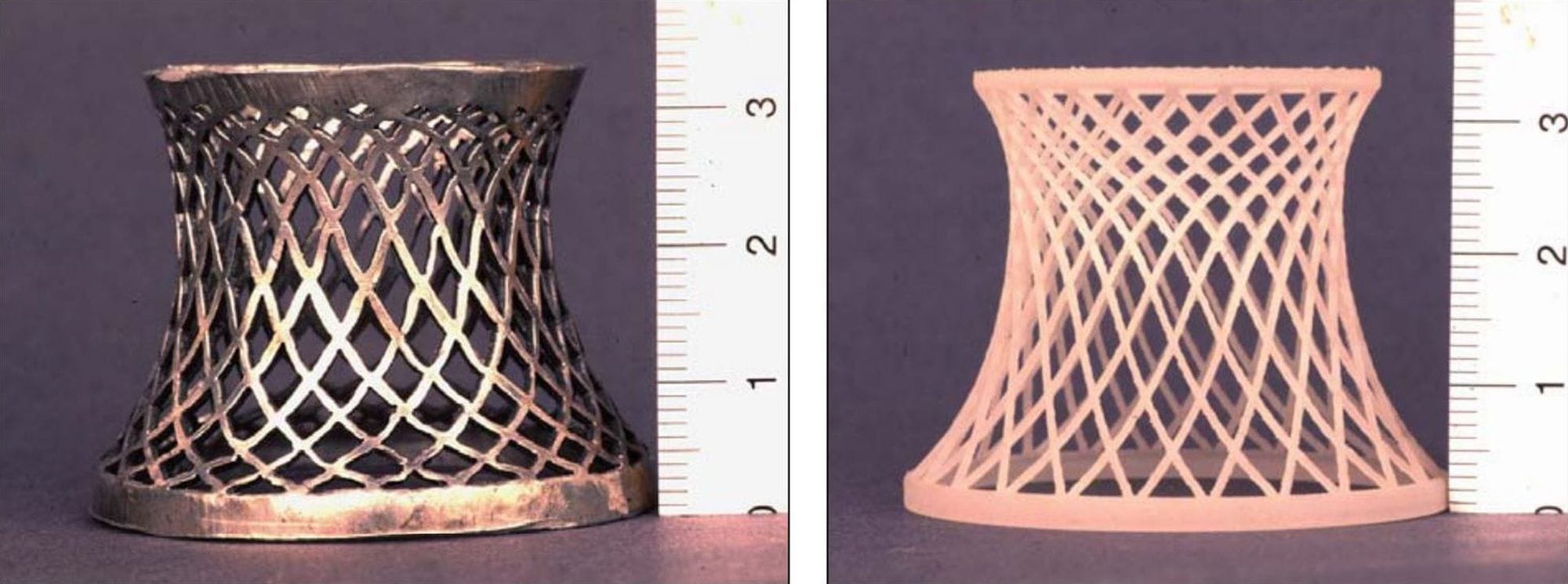

Quote: Cesare Brandi: Teoria del Restauro

In his work, a restorer deals with works of art. Every object that you entrust us with (be it an antique chest of drawers, a picture frame, or an entire, artistically designed choir stall) is of irreplaceable cultural, ethical, religious, artistic, social, technical, scientific, and economic value.
In addition to this cultural-historical value, furniture, wooden objects, and works of art from the past often have an idealistic value - it is not uncommon for an entire library of personal memories to have been created, handed down through the generations and, over the years, continually populated with exciting content and stories from people of subsequent generations. Various traces of use also give every piece of furniture, every interior, and every work of art a special individuality, a unique identity that is worth preserving.
Contact usWood and furniture restoration is not just a profession for us - it is a deep passion to preserve the cultural heritage that drives us every day and makes us passionate about our work. We are aware of the responsibility we face every day and live up to it every second of our work. We work with cultural assets and are responsible to future generations.
Any of our actions - undertaking measures to preserve and protect an object - inevitably represents a modification to the historical condition. Any modification is an alteration of historical facts.
If, for example, we repair the shellac surface of a chest of drawers and thus make a deep scratch invisible, we also erase the memory of a concrete event. We erase the context that led to this scratch and that constitutes an integral part of the object's history. This realization gives rise to a wealth of questions and problems that call for binding professional ethics for restorers, i.e. guidelines for the ethically responsible treatment of cultural assets.
Such an ethical guideline plays a crucial role in protecting cultural property and the preservation of monuments. Without binding professional ethics, the practice of our profession would be unthinkable, the objectives and the results of the work of restorers would not be comparable in any way worldwide. Our work could never even come close to meeting our standards.
Contact us
We wood and furniture restorers of the ZRW Berlin base our actions on the Charter of Venice which was adopted in 1964 and is still considered the Magna Charta of conservation. The values and procedures formulated in the Charter of Venice for the conservation and restoration of monuments determine our restoration ethics as the Central Restoration Workshop Berlin and also, of course, of the entire VDR (Association of Restorers), of which our owner, Diplom-Restaurator (Univ.) Philipp Westebbe, is a member.
The goal of conservation is stated in the Charter: "The "preservation of a work of art as well as the preservation of historical testimony." Restoration, on the other hand, is defined as a "measure that should retain exceptional character. It aims to preserve and make accessible the aesthetic and historical values of the monument. It is based on respect for the surviving inventory and authentic documents." Components of restoration are always "preparatory and accompanying archaeological, art and historical studies" as well as meticulous documentation "in the form of analytical and critical reports, drawings, and photographs."
Protection of the original substance takes into account art-scientific and historical aspects.
Gentle stabilization of the historical substance of the art objects
Preservation of material authenticity and inimitable patina
Repair of functional damage so that the cultural property in question can fulfill the original use